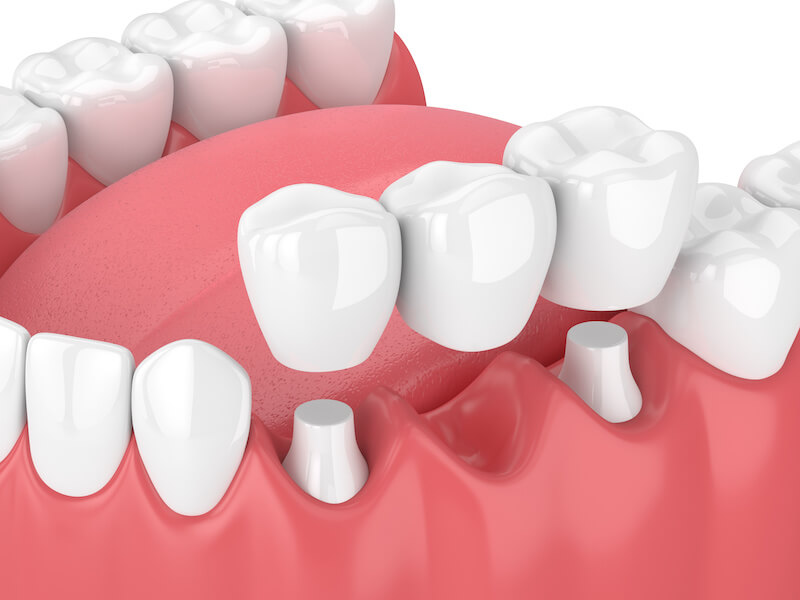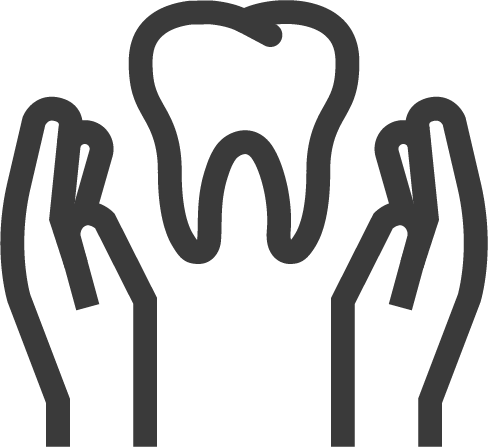what are dental bridges?
A dental bridge is when false teeth, usually made of porcelain, metal, or zirconia, are used to close a gap where you have a missing tooth or missing teeth. They are mounted onto your natural teeth and cemented into place. Dental bridges blend in with your natural teeth. Contact us at Summerbrook Dental for an exam with Dr. Calvin Eastwood to find out if you’re a good candidate for dental bridges.


Did you know…
Ready to schedule your appointment?
Call (817) 382-7445 to scheduleHow the Dental bridge Process works
Types of dental bridges
Traditional
Cantilever
Maryland
Implant-supported
Traditional
Traditional
This is the most popular dental bridge and is utilized when you have a gap in between two natural teeth. The false tooth is held in place via dental crowns which are cemented onto each of the abutment teeth (the teeth on either side of the gap).
Cantilever
Cantilever
Cantilever dental bridges differ from traditional bridges in that the dental crown is only cemented to one abutment tooth, so you only need to have one natural tooth next to a missing tooth.
Maryland
Maryland
The Maryland dental bridge is often used for missing front teeth. It also necessitates two natural teeth on either side of the missing gap. However, unlike traditional dental bridges, Maryland bridges use a framework of metal or porcelain which is bonded to the back of the natural teeth.
Implant-supported
Implant-supported
This is when bridges are put in place via implants. There is typically an implant for every missing tooth or the false teeth are kept in place by two crowns that are implanted. This consists of two surgeries (one for the implants in the jawbone and another for the bridge). However, this is the most durable dental bridge.

Did you know…
if you don’t fill the space of a missing tooth, the surrounding teeth can lean in, which can cause difficulty with biting, chewing, self-image, and pain.





